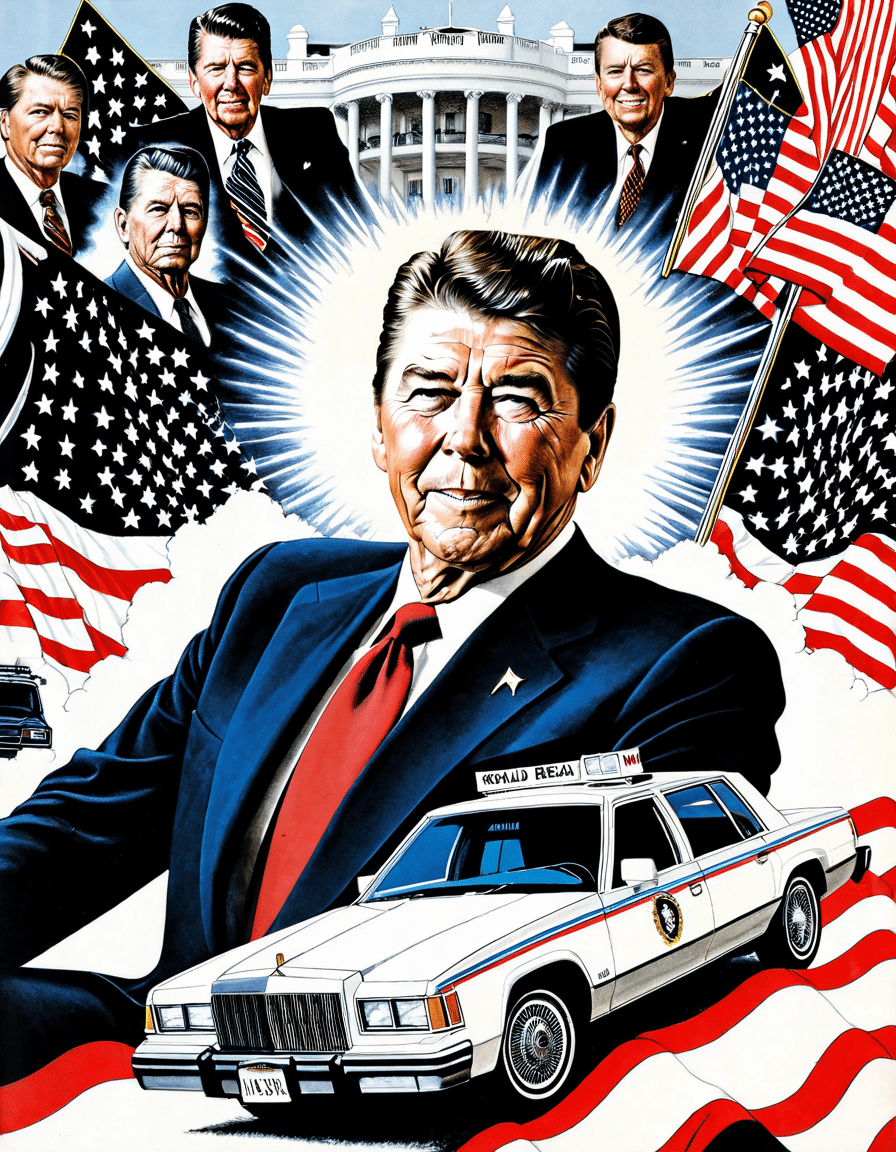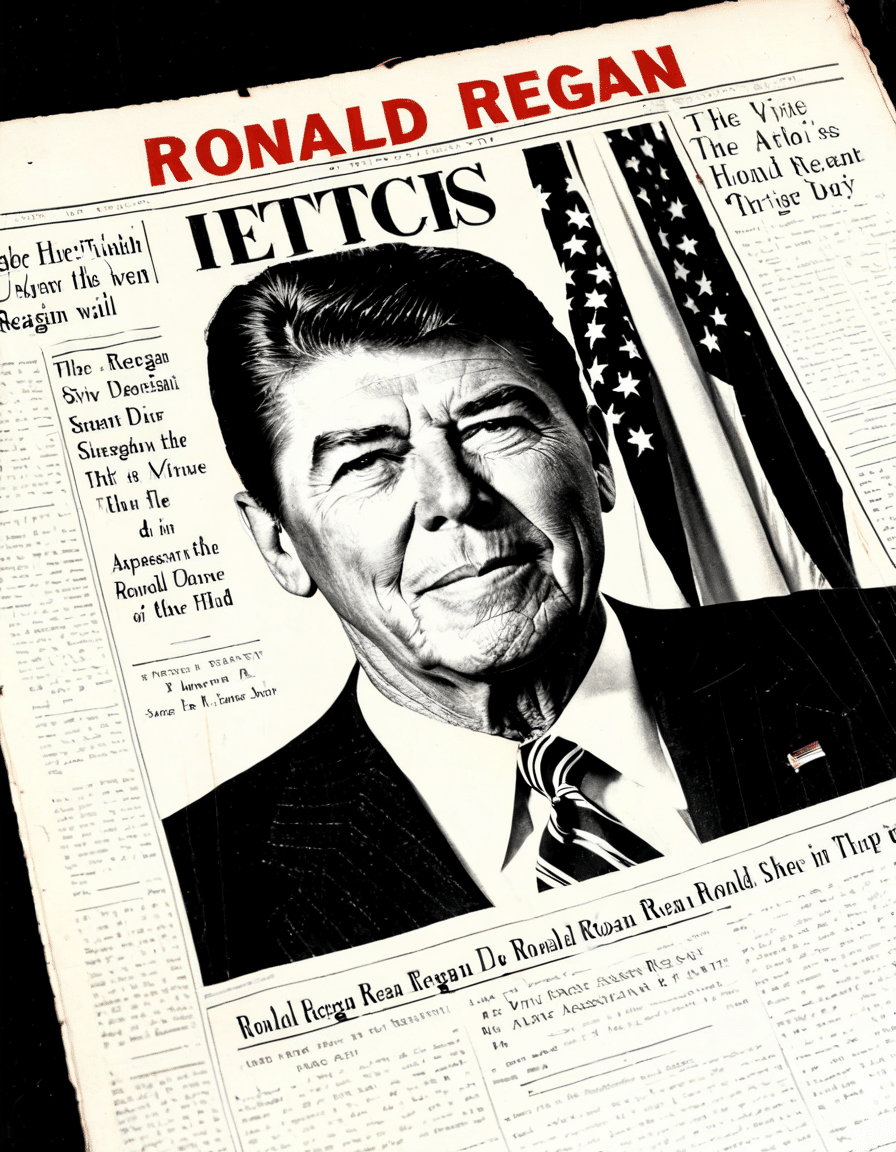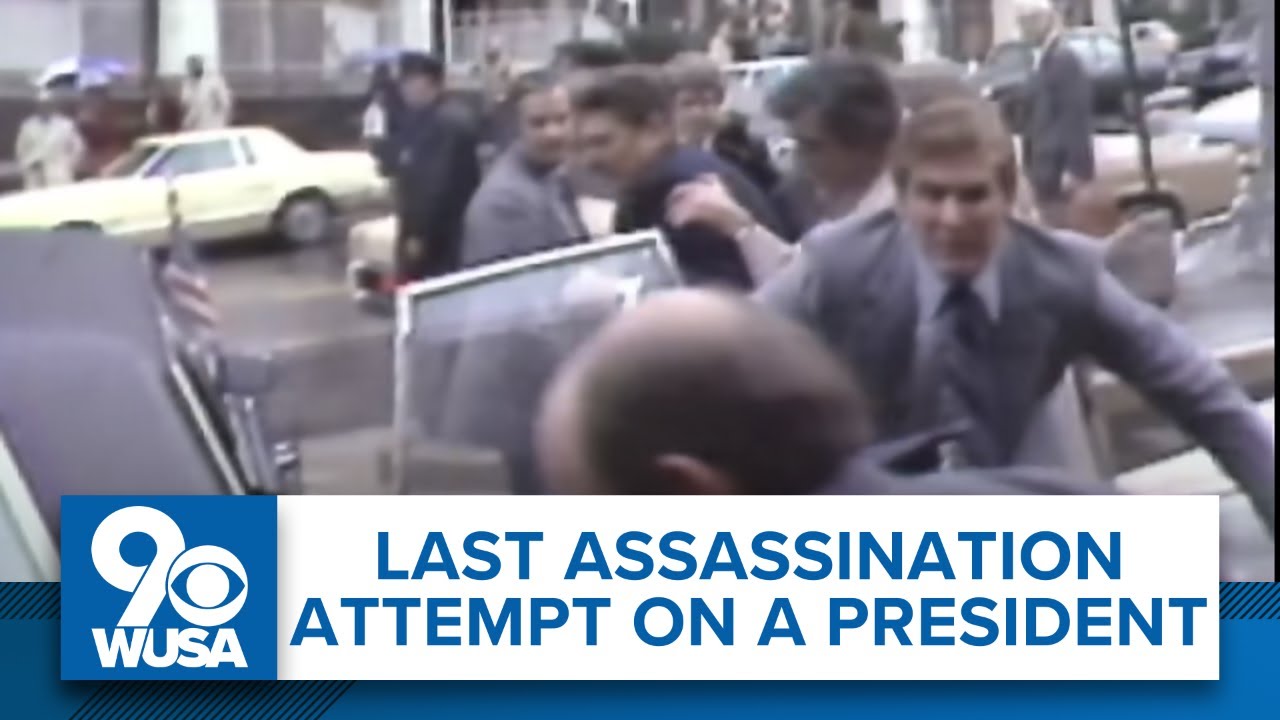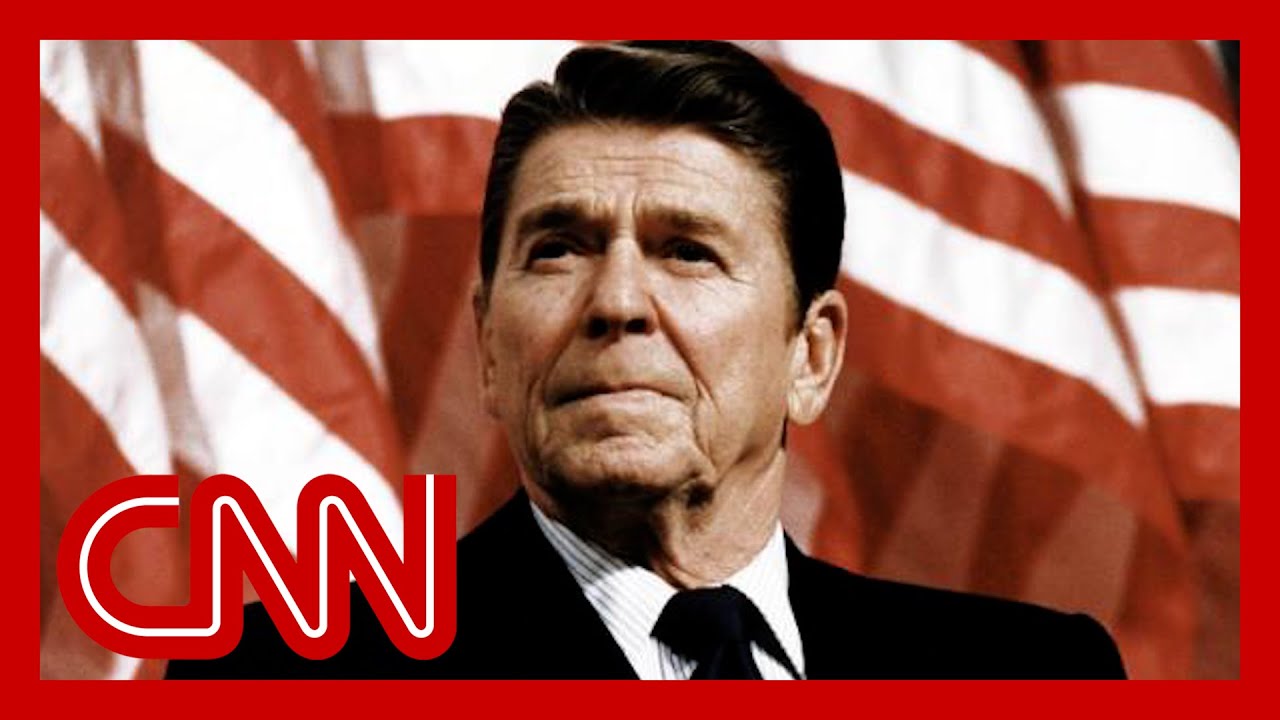The Ronald Reagan assassination attempt on March 30, 1981, shook the nation and changed the landscape of American political security. With gun violence escalating in the U.S., this event prompted crucial changes in how the country approaches protective measures for its leaders. The attempt on Reagan’s life, committed by John Hinckley Jr., proved to be not just an isolated incident but rather a catalyst for significant shifts in legislation, public opinion, and even infrastructure vulnerability.
7 Shocking Details About the Ronald Reagan Assassination Attempt

1. The Immediate Aftermath and Emergency Response
After Hinckley shot Reagan in the chest, the immediate response from medical personnel and law enforcement was paramount. Within minutes, he received urgent care and was swiftly transported to George Washington University Hospital. The surgery that followed saved his life, but the situation highlighted weak points in emergency protocols related to presidential security. The aftermath was a wake-up call that propelled changes aimed at enhancing crisis response.
2. Hinckley’s Psychological Profile
Delving into John Hinckley Jr.’s psyche reveals a troubled young man whose obsession with actress Jodie Foster guided his actions. His mental health struggles combined with his desire for notoriety created a grim backdrop for this shocking event. This intersection of celebrity culture and mental instability sparked conversations about the impacts of fame and its relationship to violent behavior—a discourse still relevant today amid ongoing discussions surrounding figures like Greg Plitt and their influence.
3. Political Ramifications and Legislative Changes
The political climate shifted dramatically after the attempt on Reagan’s life, initiating critical legislative changes like the Brady Handgun Violence Prevention Act. This act specifically aimed at instituting background checks for gun purchases, reflecting a growing awareness of gun violence as a national concern. As discussions around the Oklahoma City bombing and other attacks intensified, the Reagan attempt became a pivotal moment, influencing gun policy that endures in today’s political discourse.
4. Impact on Reagan’s Presidency
Reagan’s life-changing brush with death also reshaped his presidency. The sense of vulnerability that followed the assassination attempt reframed how the administration approached domestic issues, including terrorism. Legislative negotiations became more assertive, focusing sharply on national security and public safety. The events that unfolded effectively altered how politicians navigated subsequent crises, with heightened awareness of potential threats looming over the Capitol.
5. Comparisons to Other Major Attacks
The Ronald Reagan assassination attempt bears striking resemblances to other major violent events, particularly the January 6 United States Capitol Attack and the Boston Marathon bombing. All three incidents expose the ongoing fragility of security protocols during high-pressure moments. Moreover, they demonstrate how extremist ideologies can lead desperate individuals to commit acts of violence against the state, raising alarming questions about safety in public spaces.
6. Media Coverage and Public Reaction
Live media coverage of the assassination attempt marked a turning point in news broadcasting. The instant updates not only informed the nation but also engaged viewers in significant discussions about violence and security. This moment symbolized the dawn of real-time news reporting, ultimately setting the stage for future media responses to emergencies, as seen following events like the Baltimore Key Bridge collapse or natural disasters. Viewer reactions during the Reagan incident provoked intense debates, echoing other pivotal moments in American history.
7. Connections to Infrastructure Vulnerability: The Baltimore Key Bridge Collapse
The fallout from the assassination attempt highlighted security vulnerabilities beyond just presidential protection. The Baltimore Key Bridge collapse in 2024 serves as a stark reminder of governmental oversight failures and how neglected infrastructures can lead to disasters. Just as the Reagan attempt brought security weaknesses into focus, this collapse illustrated the urgent need for a reevaluation of safety protocols across various sectors, including transportation and public safety.
The Broader Impact on Society and Security
The shockwaves from the Ronald Reagan assassination attempt permeated American society, influencing discussions on gun control and governmental authority over personal safety. Enhanced security measures became a paramount concern, triggering increased funding for protective services. However, these measures sparked debates over civil liberties and government overreach, as fears of violence continued to shape public perception and policy.
In the wake of the event, safeguarding measures morphed but didn’t go unchecked, leading to a precarious essay of balancing freedom with security concerns. The discussions surrounding gun legislation and mental health have continuously intertwined, signifying a long-overdue reckoning that resonates through today’s sociopolitical landscape.

Legacy and Continuous Evolution of Political Security
Examining the ramifications of the Ronald Reagan assassination attempt gives insight into the evolution of political security in the United States. As threats mutate and new forms of violence emerge, the lessons learned from that day remain pertinent. The need for comprehensive strategies addressing public safety while safeguarding individual freedoms proves essential in tackling current challenges.
With ongoing conversations around public safety and mental health emerging from this tragedy, the dialogue concerning governmental accountability remains vital. The legacy of the assassination attempt continues to inform policies and public sentiment, shaping a narrative that reflects America’s collective wish for safety in a volatile social landscape.
The chilling events of March 30, 1981, remind us that understanding our past—and the continuous dynamic between freedom and safety—ultimately defines how we proceed together, reinforcing the unwavering quest for protection within a democratic society.
Ronald Reagan Assassination Attempt: Fun Facts and Trivia
The Event That Shook a Nation
The Ronald Reagan assassination attempt on March 30, 1981, was a shocking moment in U.S. history. Up until that fateful day, Reagan had been enjoying a sunny day out in Washington, D.C., but everything changed in a heartbeat. Believe it or not, the would-be assassin, John Hinckley Jr., was obsessed with actress Jodie Foster, drawing a bizarre connection to a well-known public figure. Speaking of obsession, even in today’s age, celebrities like Selena Gomez can find themselves in the hot seat, such as the most recent scandal involving her leak.
A Pinch of Irony
Interestingly, while Reagan’s assassination attempt quickly became a national story, it also served as a wake-up call for political security. In a twist of irony, Hinckley was found not guilty by reason of insanity, leading to debates that still resonate today about mental health and criminal responsibility. Now think about this: the intense scrutiny that politicians face today, from Biden’s stance on Israel to Trump’s ongoing political saga with Watch. It’s a far cry from the simpler days of the early 1980s, where security measures looked vastly different.
Lasting Impact
The Ronald Reagan assassination attempt heightened awareness surrounding public figure safety, forever changing the game. Those significant moments impact generations, perhaps much like how football rivalries have their own stories to tell, like Dartmouth footballs storied past. The aftermath of the attempt led to a surge in protective measures for politicians, with the Secret Service ramping up its efforts. Meanwhile, other high-profile situations, such as the ongoing saga around figures like Jho Low and the complexities of global finance, serve as reminders of how critical protective measures can be.
In the grander scheme of things, it’s quite enthralling how moments from the past shape current reality. Just like the stories of the Aztecas illustrate rich cultural tales, the events surrounding the Ronald Reagan assassination attempt remain a pivotal chapter in American history, intertwining with countless narratives of safety and public engagement.

Why was Ronald Reagan almost assassinated?
Ronald Reagan was almost assassinated on March 30, 1981, when John Hinckley Jr. shot him in an attempt to impress actress Jodie Foster.
Where is John Hinckley today?
John Hinckley is living in Virginia, where he enjoys a more normal life after being released from a mental health facility.
Who took a bullet for Reagan?
Secret Service agent Timothy McCarthy took a bullet for Reagan during the assassination attempt, demonstrating incredible bravery.
Which president survived an assassination attempt?
Gerald Ford survived two assassination attempts in 1975, both happening within weeks of each other.
Who are the four presidents assassinated?
The four U.S. presidents who were assassinated are Abraham Lincoln, James A. Garfield, William McKinley, and John F. Kennedy.
Was Ronald Reagan Republican or Democrat?
Ronald Reagan was a Republican, and he served as the 40th President of the United States from 1981 to 1989.
Was Reagan a good president?
Opinions on Reagan’s presidency vary, but many see him as a significant figure in American politics, especially for his role in ending the Cold War and promoting conservative policies.
Where is President Hinckley buried?
President Hinckley is not buried; he actually lives in a home near his family in Virginia.
When did President Ronald Reagan pass away?
Ronald Reagan passed away on June 5, 2004, after a long battle with Alzheimer’s disease.
Who tried to shoot president Trump?
In 2016, a man named Thomas F. Gallagher tried to shoot Donald Trump at a rally but was quickly apprehended.
What president got shot and said “missed me”?
When Ronald Reagan was shot, he famously joked, “I forgot to duck,” showing his characteristic wit even in a crisis.
Who saved Reagan’s life?
Doctor Edward Howell and Tim McCarthy both played crucial roles in saving Reagan’s life shortly after he was shot.
Which president died naturally in office?
Warren G. Harding is the only president to have died of natural causes while in office, passing away in 1923.
What happened to Trump’s second assassination attempt?
The second assassination attempt on Trump didn’t go beyond planning, and authorities arrested the individuals involved before any harm could be done.
Who was the youngest president?
The youngest president in U.S. history is Theodore Roosevelt, who took office at age 42 after the assassination of William McKinley.
What is Hinckley doing now?
John Hinckley is now engaged in artistic endeavors, including music and painting, and living a quieter life.
Where does John Hinckley live now?
John Hinckley lives in Virginia, where he has been allowed to reside after being released from a mental health facility.
Who is Ronald Reagan’s first wife?
Ronald Reagan’s first wife was Jane Wyman, an actress whom he divorced in 1948.
Does John Hinckley have a YouTube channel?
Yes, John Hinckley has a YouTube channel where he shares his music and thoughts on various topics.
When was Reagan’s first assassination attempt?
Reagan’s first assassination attempt occurred on March 30, 1981, just 69 days into his presidency.
What did Ronald Reagan do?
Ronald Reagan was the 40th president of the United States and served from 1981 until 1989, focusing on conservative policies and economic reforms.
Was Reagan president when he was assassinated?
Ronald Reagan’s first wife was Jane Wyman, and they were married from 1940 until their divorce in 1948.






